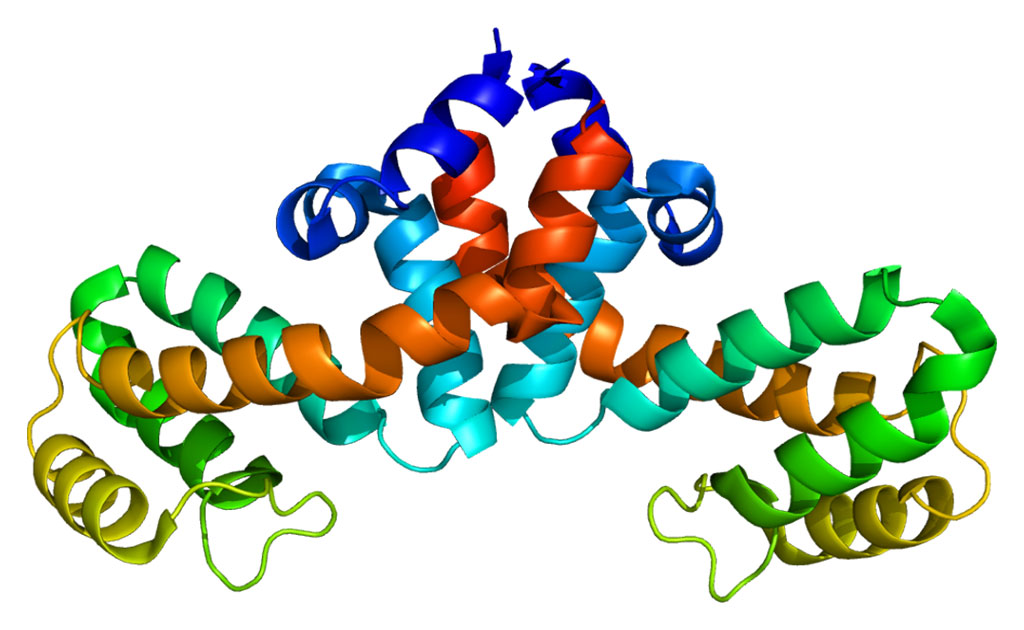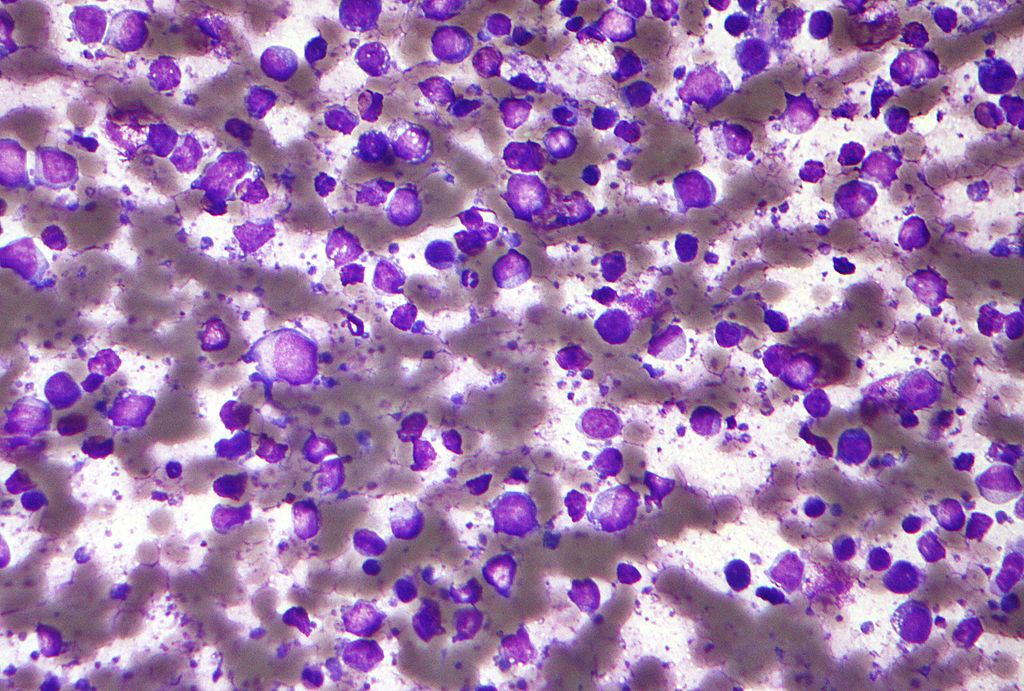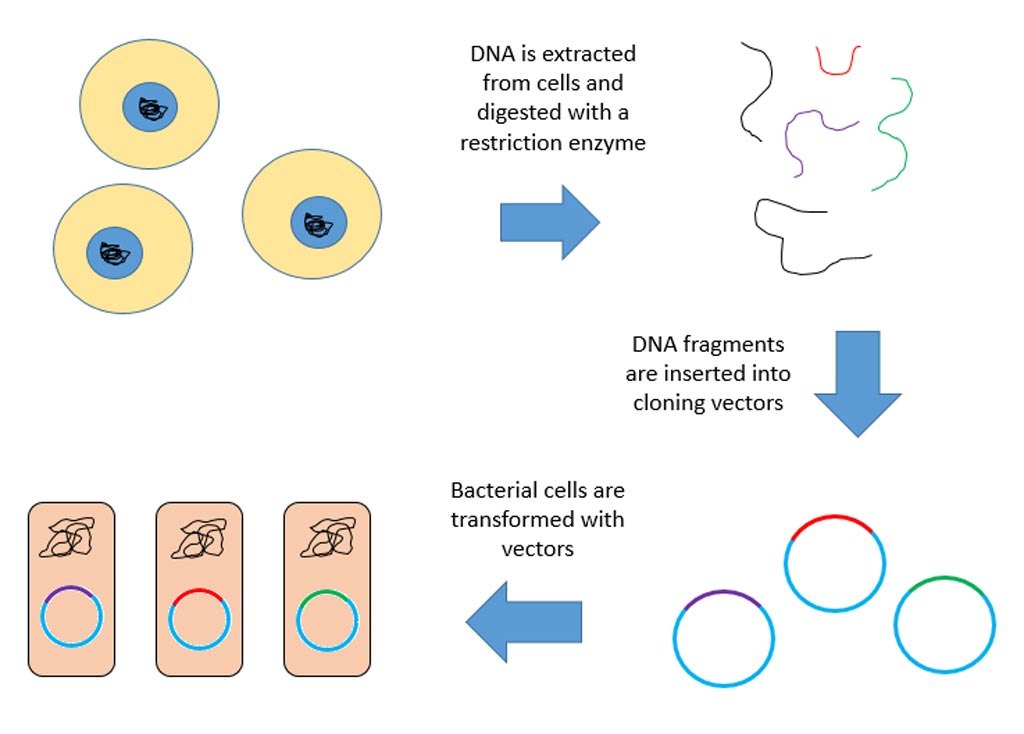Soil Bacteria and Human Pathogens Share Multiple Antibiotic Resistance Genes
By LabMedica International staff writers
Posted on 12 Sep 2012
Researchers have used a high-throughput functional metagenomic approach to show that bacteria in the soil have swapped antibiotic-resistance genes with bacteria that cause disease in humans.Posted on 12 Sep 2012
Investigators at Washington University School of Medicine (St. Louis, MO, USA) isolated bacteria from soil samples taken at various locations around the United States. Enzymes were used to cut DNA isolated from the soil bacteria into short segments that were randomly inserted into the genome of a strain of Escherichia coli that was vulnerable to antibiotics. Cultures of the E. coli with added soil bacteria genes were then challenged with different antibiotics. DNA was obtained from drug resistant E. coli cultures and analyzed.
The investigators used a high-throughput functional metagenomic approach in conjunction with a pipeline for the de novo assembly of short-read sequence data from functional selections (termed PARFuMS), to identify the antibiotic resistance genes that had been exchanged between environmental bacteria and clinical pathogens. They reported in the August 31, 2012, issue of the journal Science finding seven multidrug-resistant soil bacteria containing resistance cassettes against five classes of antibiotics (beta-lactams, aminoglycosides, amphenicols, sulfonamides, and tetracyclines) that had perfect nucleotide identity to genes from diverse human pathogens.
Some genes were found to be identical not only in the sections of the genes that code for proteins but also in nearby noncoding regions that regulate the genes’ activities. The lack of differences in the resistance genes identified in the study suggests that the transfers of the genes must have occurred fairly recently.
"We wanted to try to get a broader sense of how often and extensively antibiotic-resistance genes are shared between environmental bacteria and pathogens," said senior author Dr. Gautam Dantas, assistant professor of pathology and immunology at Washington University School of Medicine. "I suspect the soil is not a teeming reservoir of resistance genes. But if factory farms or medical clinics continue to release antibiotics into the environment, it may enrich that reservoir, potentially making resistance genes more accessible to infectious bacteria."
Related Links:
Washington University School of Medicine







 Analyzer.jpg)





